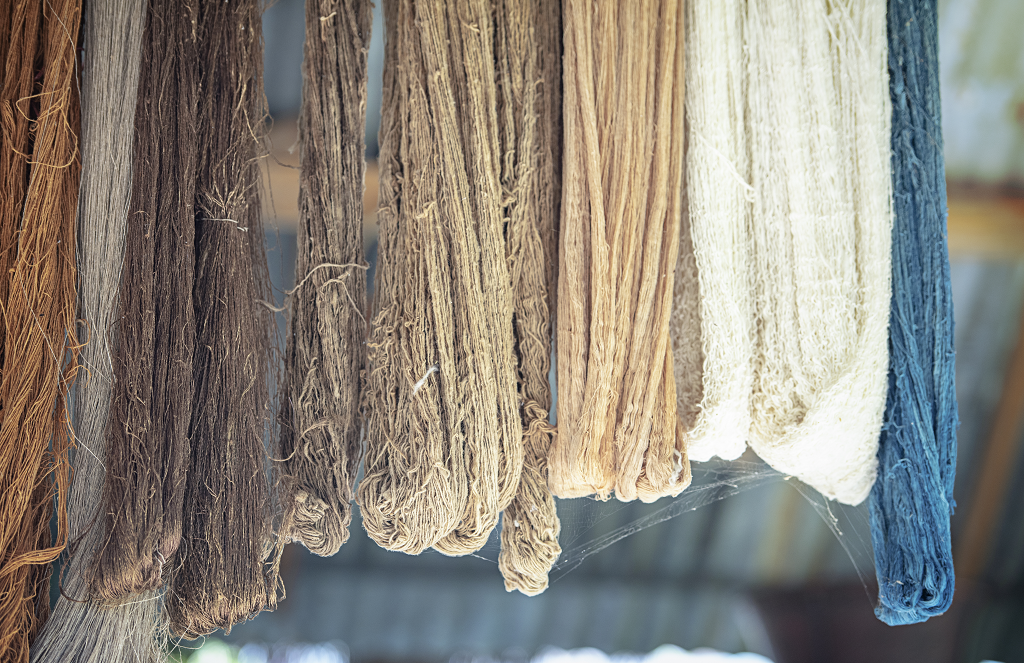
We want to prefer the natural and to protect
our future with sustainable products. Which fabrics should we prefer?
Sustainable product groups;
- Organic Cotton (GOTS)
Recycled
Polyester
Control Union controls once a year to produce recycled polyester and
the continuity of the certificate is ensured. This audit examines social
compliance, occupational safety, traceability of production and chemical
management.
Organic
Cotton
Cotton, which has a history of 5000 years, is
one of the most consumed textile raw materials in the world. However, due to
the chemicals used in its production, unfortunately it is not so innocent.
Therefore, BCI standard; Organic cotton, which is produced with good cotton
application, defines the organic status of textile products starting from the
harvesting of raw materials to labeling. In this way, production is carried out
at international standards in order to use pesticides, efficient use of water
resources, improve soil health and increase the welfare of agricultural
workers.
Sustainable
Viscose
Tencel
& Modal
Tencel is a functional fiber from nature. It
is botanical origin because it is obtained from the tree trunk. Water consumption
is also 10 - 20 times less compared to cotton. Modal is mainly produced from
beech from sustainable forests in Austria and neighboring countries. Beech
forests are a renewable source of raw materials. Most of the trees used in
Lenzing plants come from certified and controlled wood resources that comply
with the strict guidelines of the Lenzing Wood and Pulp Policy in Austria.
Vegan
Cupro
Cupro is a fiber obtained by the purification
of cotton waste consisting of short cotton fibers. It is high quality, vegan
and sensitive to the skin.
Repreve
The synthetic yarn, Repreve, is produced by
recycling plastic bottles collected from seas and garbage. Repreve uses less
water and energy than the polyester in the production process and emits much
less greenhouse gas. It can be clearly identified in the final product.
(Traceable and certified.)
